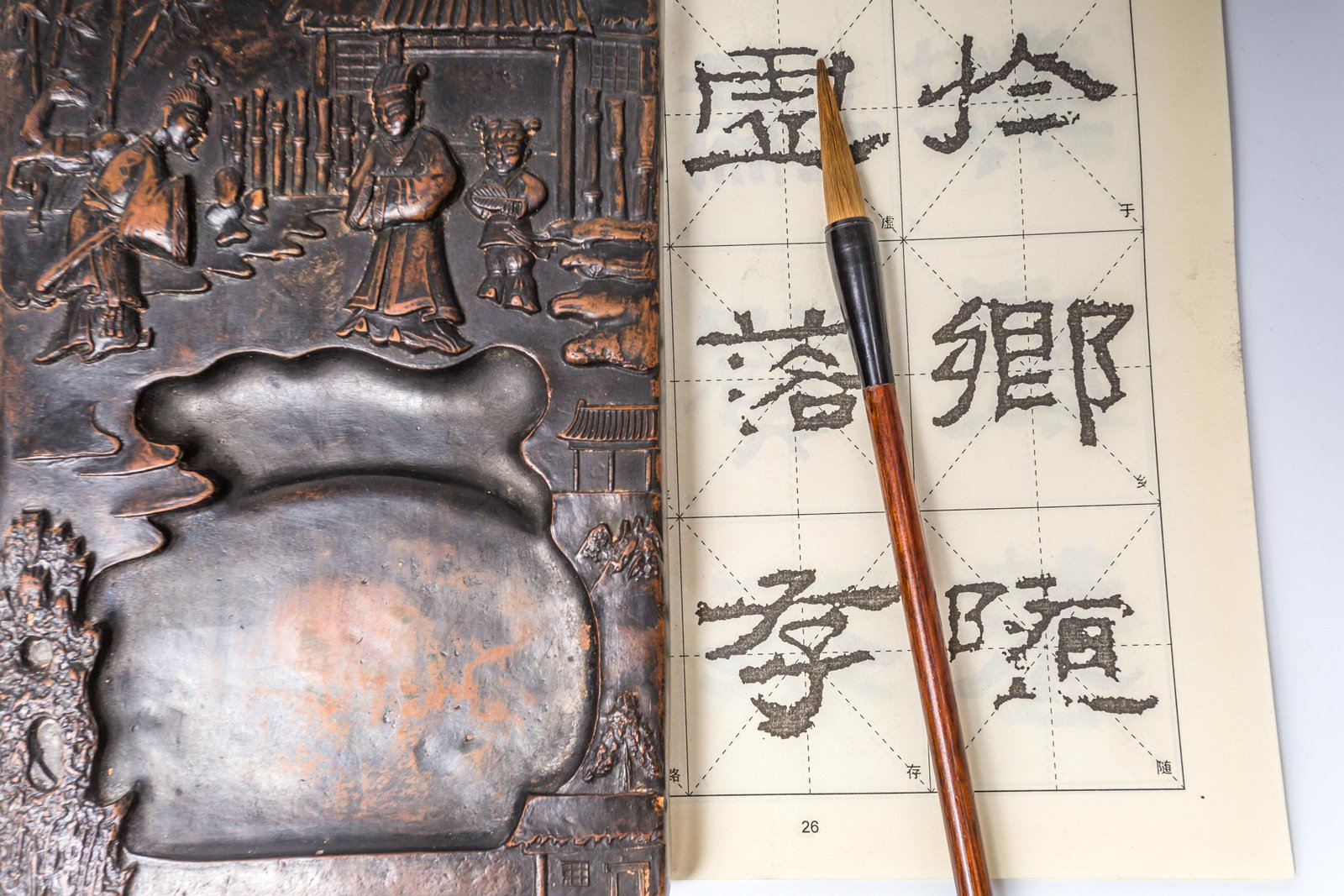No products in the cart.
Explore the history of lost scripts in Laos, their cultural importance, and efforts to preserve ancient writing systems.

Laos, with its diverse ethnic groups and kingdoms, developed several writing systems over the centuries. While the modern Lao script dominates today, many ancient scripts have been lost or remain forgotten. These writing systems are not only tools of communication but also carriers of identity, religion, and culture. By studying them, historians can better understand how ideas, trade, and religions shaped Lao civilization.
The Origins of Lao Writing Systems
Early Lao scripts were influenced by Indian Brahmi through Khmer and Mon scripts.
Over time, local kingdoms developed their own variations to reflect language and culture.
Key Ancient Scripts in Laos
Lao Tham Script: Used for religious texts, influenced by Pali and Sanskrit. Still seen in Buddhist temples.
Khom Script: Derived from ancient Khmer, used for inscriptions and sacred writings.
Tai Noi Script: Precursor to the modern Lao script, widely used in administration and daily life.
Local Variations: Ethnic groups developed their own unique symbols for storytelling and rituals.
Why Many Scripts Were Lost
Political unification under later Lao kingdoms standardized the modern Lao script.
Colonial influence and modernization reduced the use of older scripts.
Oral traditions dominated rural communities, leading to neglect of written records.
Lack of preservation efforts for manuscripts and inscriptions.
Cultural Significance of Ancient Scripts
Preserved Buddhist teachings and royal decrees.
Reflected the spiritual and intellectual life of early Lao society.
Served as cultural bridges linking Laos to India, Cambodia, and Thailand.
Example in Laos
The Palm Leaf Manuscripts found in temples across northern Laos often use the Lao Tham script, containing Buddhist chants, folklore, and historical records.
Challenges in Preservation
Fragile manuscripts deteriorating with time.
Limited scholarly research and funding for conservation.
Younger generations unaware of their heritage.
Conclusion
Lost scripts are not just remnants of the past—they are keys to understanding Lao identity. By preserving and studying them, Laos can reconnect with its cultural heritage and strengthen pride in its unique history.
About CITS Laos
CITS Laos works with monasteries, cultural scholars, and conservationists to document and promote ancient Lao scripts. We create bilingual knowledge-sharing platforms, design digital awareness campaigns, and run SEO strategies to highlight lost writing systems. By combining tradition with technology, CITS Laos ensures that the written heritage of Laos is not forgotten.